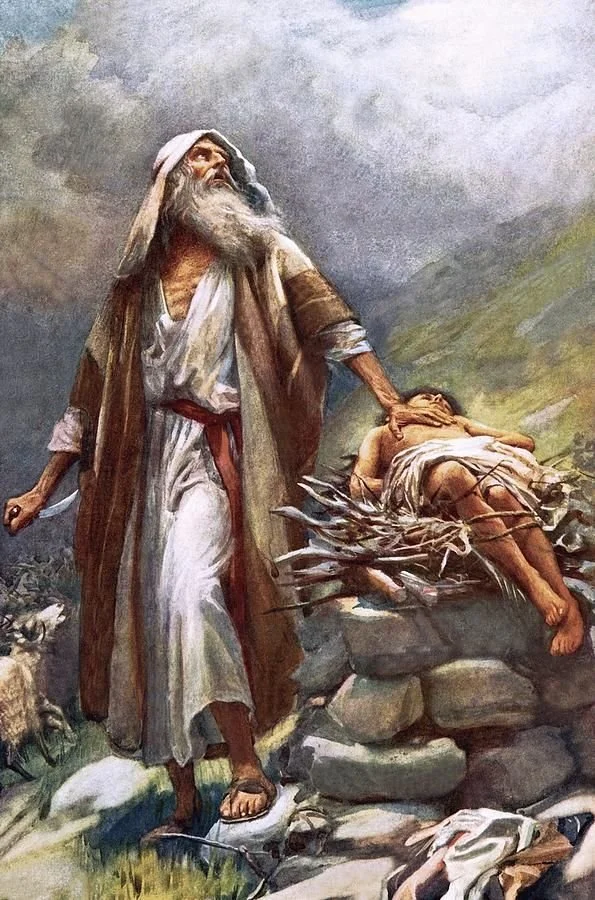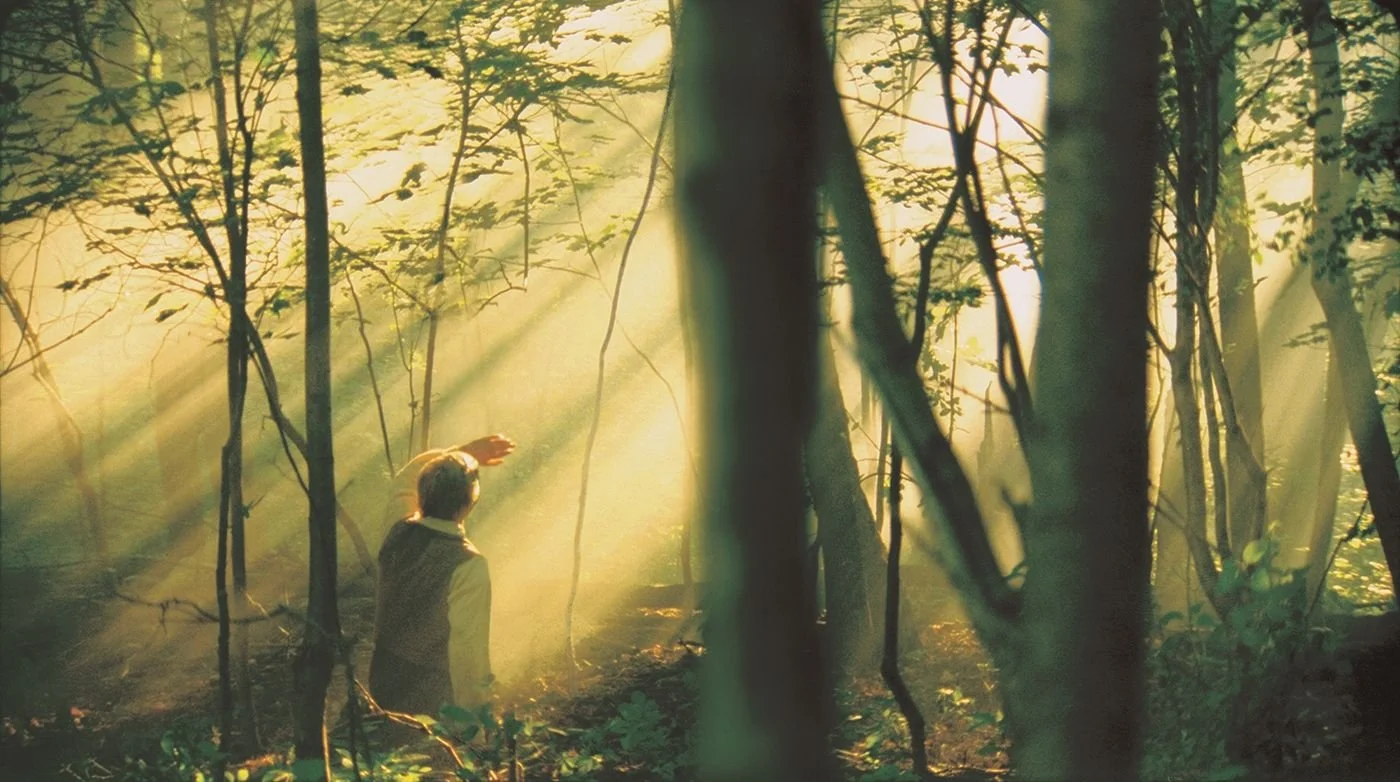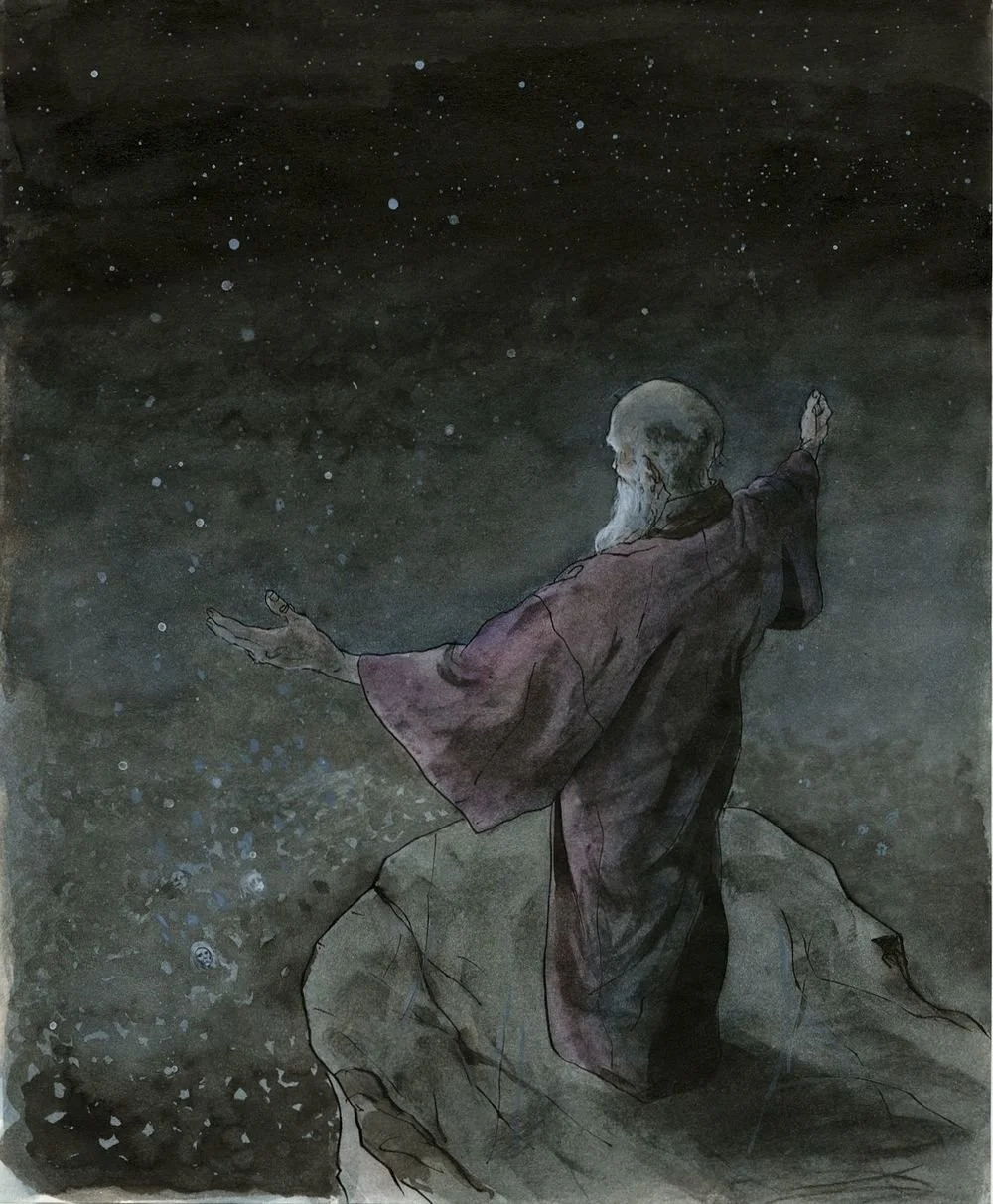The Book of Abraham
Official Essay:
Translation and Historicity of the Book of Abraham
An overview of the history and contents of the Book of Abraham
________________________________________________________________________________________________
Book Recommendations:
Understanding the Book of Abraham (Book by Stephen Smoot et al)
Free Online Version: https://byustudies.byu.edu/journal/61-4/
An in-depth review from a scholarly perspective of the contents and history of the Book of Abraham
________________________________________________________________________________________________
Social Media Resources:
Egyptologist Responds to Criticisms of the book of Abraham | Dr. Kerry Muhlestein (1hr 10 min)
Join us for an insightful conversation with Dr. Kerry Muhlestein, a leading Egyptologist and director of the BYU Egypt Excavation Project. With a Ph.D. from UCLA, a fellowship at Oxford, and a role as chairman of a national committee for the American Research Center in Egypt, Dr. Muhlestein brings a wealth of knowledge on ancient Egypt, the Bible, and the Pearl of Great Price. In this episode, we ask Dr. Muhlestein for his take on some of the most common criticisms of the Book of Abraham.
The Book of Abraham: NEW Research That Proves Critics Wrong (1 hr 10 min)
Is the Book of Abraham proof that Joseph Smith was a fraud? It’s an open and shut case right? They found the papyri and Josephs notebooks and the the translation does not match. Right? Well a few months ago my friend Hayden Carroll and I were digging into this topic and found some of the newest research. And to be honest… it blew our minds. This is a game changer. The bottom line is that the critics are simply wrong and demonstrably have been making some really bad assumptions about the documents and papyri for at least the last 50 years. I know this one is long, but I promise if you stick around till the end, you will never see this topic the same again.
10 Reasons to Believe the Book of Abraham (with Kerry Muhlestein) (39 min)
https://www.youtube.com/watch?si=iq566E4KT0DxYIvu&v=twxJz_m5D-w&feature=youtu.be
Cardon sits down with Egyptologist Kerry Muhlestein to explore the “Top 10 Reasons to Believe in the Book of Abraham.” Their conversation moves beyond defensive apologetics into a thoughtful, candid, and sometimes lighthearted discussion of why the Book of Abraham deserves to be read as both an authentic ancient text and a source of profound spiritual truth. Kerry shares insights from years of scholarship, showing how historical details, linguistic patterns, and archaeological discoveries align with Joseph Smith’s translation. Just as importantly, he explains how the Book of Abraham continues to inspire personal revelation, deepen understanding of God’s covenant with His children, and connect ancient faith with modern discipleship. Rather than treating the text as a controversy, this episode highlights the richness of the Book of Abraham, the doctrinal depth it offers, and the lived spiritual experiences that testify of its divine origin. It’s an invitation not just to study the evidence, but to encounter God through the words of Abraham himself.
Is the Book of Abraham authentic?? | with Stephen Smoot (18 min)
In this episode, we ask Stephen about the authenticity of the Book of Abraham, where to start when trying to understand the facsimiles in the Book of Abraham, and what Stephen has learned from his in-depth study of the Book of Abraham. Stephen discusses the myths and misconceptions about the Book of Abraham.
Evidences of the Book of Abraham: Facsimiles (15 min)
The Book of Abraham in unique in the scriptural canon of The Church of Jesus Christ of Latter-day Saints because it is the only book in that canon that has pictures. The three facsimiles of the Book of Abraham have attracted attention (and controversy) ever since they were first published along with the text in 1842. Many have asked how well Joseph Smith’s interpretations of the facsimiles align with those offered by Egyptologists. The answer to this question is actually more complicated than it might initially seem. Besides considering some of the methodological issues that need to be kept in mind when answering this question, this video highlights some of the noteworthy instances where Joseph Smith’s interpretations of the facsimiles converge with modern scholarship, or where they otherwise accurately convey ancient concepts.
Does Egyptian papyri prove Joseph Smith made up the Book of Abraham? (7 min)
The Book of Abraham is undoubtedly one of the most controversial aspects of The Church of Jesus Christ of Latter-day Saints (otherwise known as the LDS Church or Mormon Church). Joseph Smith, the first Prophet of the Church of Jesus Christ, claimed the Book of Abraham was translated from some (not all) ancient Egyptian papyrus he had in his possession. A good portion of that papyri was destroyed in the Great Chicago Fire, but some fragments remain. What remains does not translate to anything within the Book of Abraham. What gives? In this episode, Dave outlines a few ways people handle this topic.
Evidence For The Book of Abraham - Daniel C Peterson (28 min)
A Fair Mormon production reviewing different aspects of the Book of Abraham from a scholarly perspective revealing the authenticity of many aspects of the the book as revealed by Joseph Smith.
The Book of Abraham: A Valuable Discovery (38 min)
Presenters: Alexander Baugh, Kerry Muhlestein, Andrew Hedges, Andrew Reed. A historical review of the origin of the Book of Abraham and it’s value and authenticity in helping fill out the fullness of the restored gospel of Jesus Christ
LDS Truth Claims 20: Book of Mormon Review; Abraham Part I (52 min)
An extensive review of evidences for the Book of Mormon as well as the Book of Abraham.
The truth about the Book of Abraham | with Kerry Muhlestein (11 min)
The correct approach to studying and understanding the Book of Abraham, digging through false assumptions of those who attack the authenticity of the material.
Egyptologist Responds to Criticisms of the book of Abraham | Dr. Kerry Muhlestein (1 hr 10 min)
Join us for an insightful conversation with Dr. Kerry Muhlestein, a leading Egyptologist and director of the BYU Egypt Excavation Project. With a Ph.D. from UCLA, a fellowship at Oxford, and a role as chairman of a national committee for the American Research Center in Egypt, Dr. Muhlestein brings a wealth of knowledge on ancient Egypt, the Bible, and the Pearl of Great Price. In this episode, we ask Dr. Muhlestein for his take on some of the most common criticisms of the Book of Abraham.
One must consider that the interpretation of Egyptian hieroglyphics is part of a fast moving field and that many things not known 10 years ago have completely changed our understanding of Egyptian writings today. It is incredibly important to study the Book of Abraham using the understanding of the hieroglyphics and meanings from the time of Abraham not another time period that might not be applicable and might carry other meanings of the same Egyptian images and writings. Consider how much your language has changed in the last 100 years. The Egyptians used a similar written language for THOUSANDS of years, and many proofs have emerged that show the meanings of similar symbols has changed dramatically over time.
Book of Abraham Anachronisms with Stephen O. Smoot (1 hr)
Stephen O. Smoot gives an overview on the questions and concerns of the Book of Abraham especially anachronisms that are claimed by critics to be found in the text.
They Called It "Biggest Apologetic Nightmare For Mormons" So We Debunked Them...Again (40 min)
A cynical look at the myths still being circulated around the internet about the Book of Abraham that was translated by Joseph Smith. This discussion focuses on the silly attacks constantly being made about the restored truths Joseph Smith brought to the world, in this case the Book of Abraham etc. The apocryphal books discovered since The Book of Abraham was published that correlate strongly with what Joseph Smith translated shows how authentic the book really is.
Top 5 MISTAKES People Make About the Book of Abraham (52 min)
Is the Book of Abraham really Joseph Smith’s biggest controversy—or just the most misunderstood? Cardon sits down with Egyptologist Kerry Muhlestein to unpack the myths, assumptions, and lazy learning that dominate conversations about the Book of Abraham. Together, they challenge the sound-bite culture that treats skepticism as “objective” and faith as “biased,” showing how both sides often rely on unproven assumptions. Kerry explains why secondary sources and quick takes fall short, how Joseph Smith’s idea of “translation” was broader than critics assume, and why ancient texts resist simple, one-size-fits-all answers. The discussion tackles papyrus theories, scholarly blind spots, and the need for honest engagement with scripture itself—not just internet arguments. At its heart, this episode is about moving past surface-level debates to a deeper, more nuanced search for truth. Kerry’s scholarship and Cardon’s lively questioning create a compelling, accessible conversation that will challenge believers and critics alike to rethink what they thought they knew about the Book of Abraham.
Joseph Smith, declaring the importance of these ancient Egyptian writings, recorded:
“I commenced the translation of some of the characters or hieroglyphics, and much to our joy found that one of the rolls contained the writings of Abraham. … Truly we can say, the Lord is beginning to reveal the abundance of peace and truth”
(History of the Church, 2:236).









